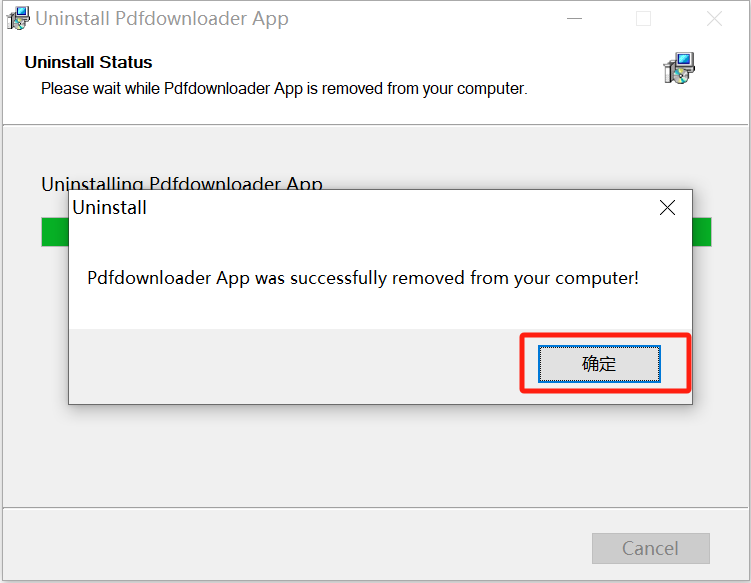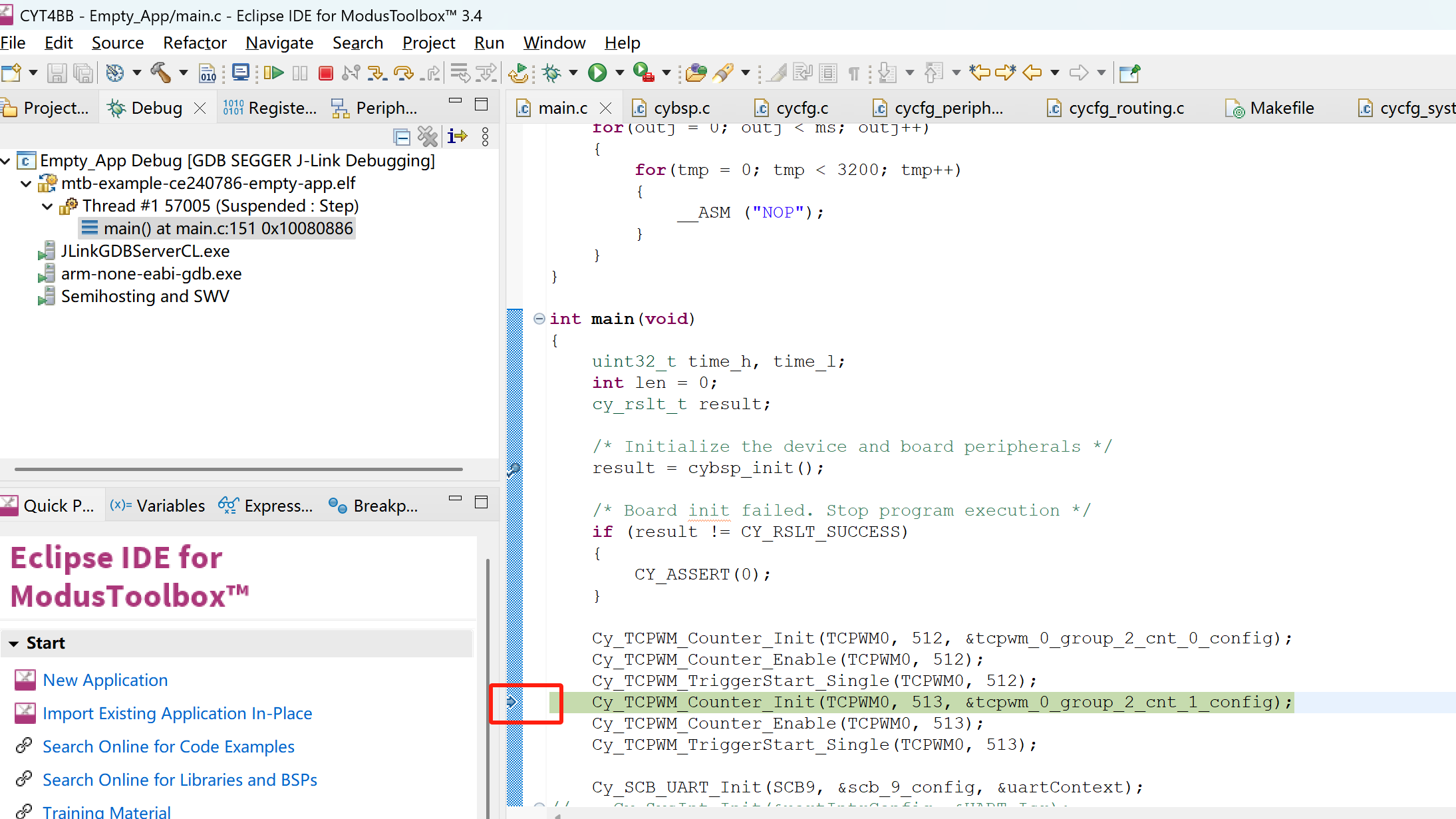以下是一个使用 Spring Boot 实现定时任务的案例,涵盖了定时任务的基本配置和实现。
案例:定时发送邮件提醒
1. 添加依赖
在 pom.xml 中添加 Spring Boot 的依赖,以及邮件发送的相关依赖:
<dependencies>
<dependency>
<groupId>org.springframework.boot</groupId>
<artifactId>spring-boot-starter</artifactId>
</dependency>
<dependency>
<groupId>org.springframework.boot</groupId>
<artifactId>spring-boot-starter-mail</artifactId>
</dependency>
</dependencies>
2. 配置定时任务
在 Spring Boot 的主类上启用定时任务:
import org.springframework.boot.SpringApplication;
import org.springframework.boot.autoconfigure.SpringBootApplication;
import org.springframework.scheduling.annotation.EnableScheduling;
@SpringBootApplication
@EnableScheduling // 启用定时任务
public class ScheduledTaskApplication {
public static void main(String[] args) {
SpringApplication.run(ScheduledTaskApplication.class, args);
}
}
3. 创建定时任务类
创建一个定时任务类,定义定时任务的方法:
import org.springframework.beans.factory.annotation.Autowired;
import org.springframework.mail.SimpleMailMessage;
import org.springframework.mail.javamail.JavaMailSender;
import org.springframework.scheduling.annotation.Scheduled;
import org.springframework.stereotype.Component;
import java.util.Date;
@Component
public class EmailReminderTask {
@Autowired
private JavaMailSender mailSender;
// 定义定时任务,每天早上 9 点执行
@Scheduled(cron = "0 0 9 * * ?")
public void sendDailyReminder() {
SimpleMailMessage message = new SimpleMailMessage();
message.setFrom("sender@example.com");
message.setTo("recipient@example.com");
message.setSubject("每日提醒");
message.setText("这是您的每日提醒邮件,今天是 " + new Date());
mailSender.send(message);
System.out.println("每日提醒邮件已发送!");
}
}
4. 配置邮件属性
在 application.properties 文件中配置邮件发送的相关属性:
spring.mail.host=smtp.example.com
spring.mail.port=587
spring.mail.username=sender@example.com
spring.mail.password=your-password
spring.mail.properties.mail.smtp.auth=true
spring.mail.properties.mail.smtp.starttls.enable=true
5. 测试运行
启动 Spring Boot 应用程序,定时任务会自动开始运行。每天早上 9 点,系统会自动发送一封提醒邮件。
扩展案例:动态调整定时任务
如果需要动态调整定时任务的执行时间,可以通过以下方式实现:
1. 创建配置类
创建一个配置类,用于存储定时任务的配置信息:
import org.springframework.boot.context.properties.ConfigurationProperties;
import org.springframework.stereotype.Component;
@Component
@ConfigurationProperties(prefix = "task.schedule")
public class TaskScheduleConfig {
private String cronExpression;
public String getCronExpression() {
return cronExpression;
}
public void setCronExpression(String cronExpression) {
this.cronExpression = cronExpression;
}
}
2. 修改定时任务类
在定时任务类中注入配置类,并使用 @Scheduled 注解的 cron 属性动态设置执行时间:
import org.springframework.beans.factory.annotation.Autowired;
import org.springframework.scheduling.annotation.Scheduled;
import org.springframework.stereotype.Component;
@Component
public class DynamicTask {
@Autowired
private TaskScheduleConfig taskScheduleConfig;
// 动态设置定时任务的执行时间
@Scheduled(cron = "#{taskScheduleConfig.cronExpression}")
public void executeTask() {
System.out.println("动态定时任务执行中...");
// 任务逻辑
}
}
3. 配置属性文件
在 application.properties 文件中添加定时任务的配置:
task.schedule.cronExpression=0 0/5 * * * ?
以上配置表示每 5 分钟执行一次任务。
注意事项
1. 任务线程池:默认情况下,Spring Boot 的定时任务使用单线程顺序执行。如果需要并发执行多个任务,可以配置任务线程池。
2. 任务监控:可以结合 Spring Boot Actuator 对定时任务进行监控和管理。
3. 任务异常处理:在任务中添加异常处理逻辑,避免任务因异常而停止执行。
4. 任务日志:记录任务的执行日志,方便后续的排查和分析。
通过以上案例,你可以快速实现 Spring Boot 中的定时任务功能,并根据实际需求进行扩展和优化。



















